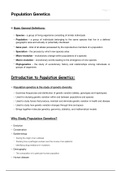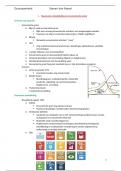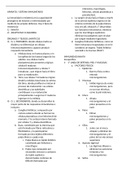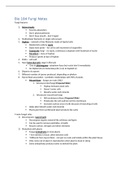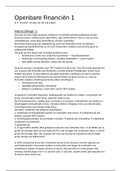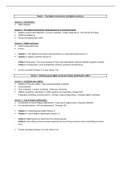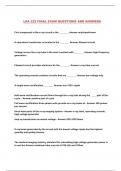Class notes
Population Genetics
- Course
- Genetics (MCBG3011)
- Institution
- University Of The Witwatersrand (wits)
Detailed, in depth summary notes for Population Genetics (Genetics and Developmental Biology). The notes include explanations and definitions, as well as relevant diagrams and calculations.
[Show more]
